We know that in the Andean world of the Incas, horizon alignments and sun shadows were an important part of their rituals. Machu Picchu and Cusco, together with many Inca carved stones and huacas around Cusco, are considered to have important alignments.
The Inca’s intahuantanas, “hitching posts of the sun”, are thought to have been the focal point of a ritual, a mass, a religious service where the Inca, the all powerful hereditary leader of the empire who was himself a child of the sun, made the sun stop in its regression northward at the summer solstice and begins its return journey to the centre of the sky.
There was said to be an intihuatana in the main square of every Inca town, which would suggest up to a hundred or more, of which just a handful remain. The Spanish implemented their policy of destroying all the intihuatanas very successfully.
Garcilaso says “the Governor of Belalcazoar destroyed all of the columns in the Quito region, because they encourage idolatrous practices…and the other Spanish captains did the same in the entire kingdom.”
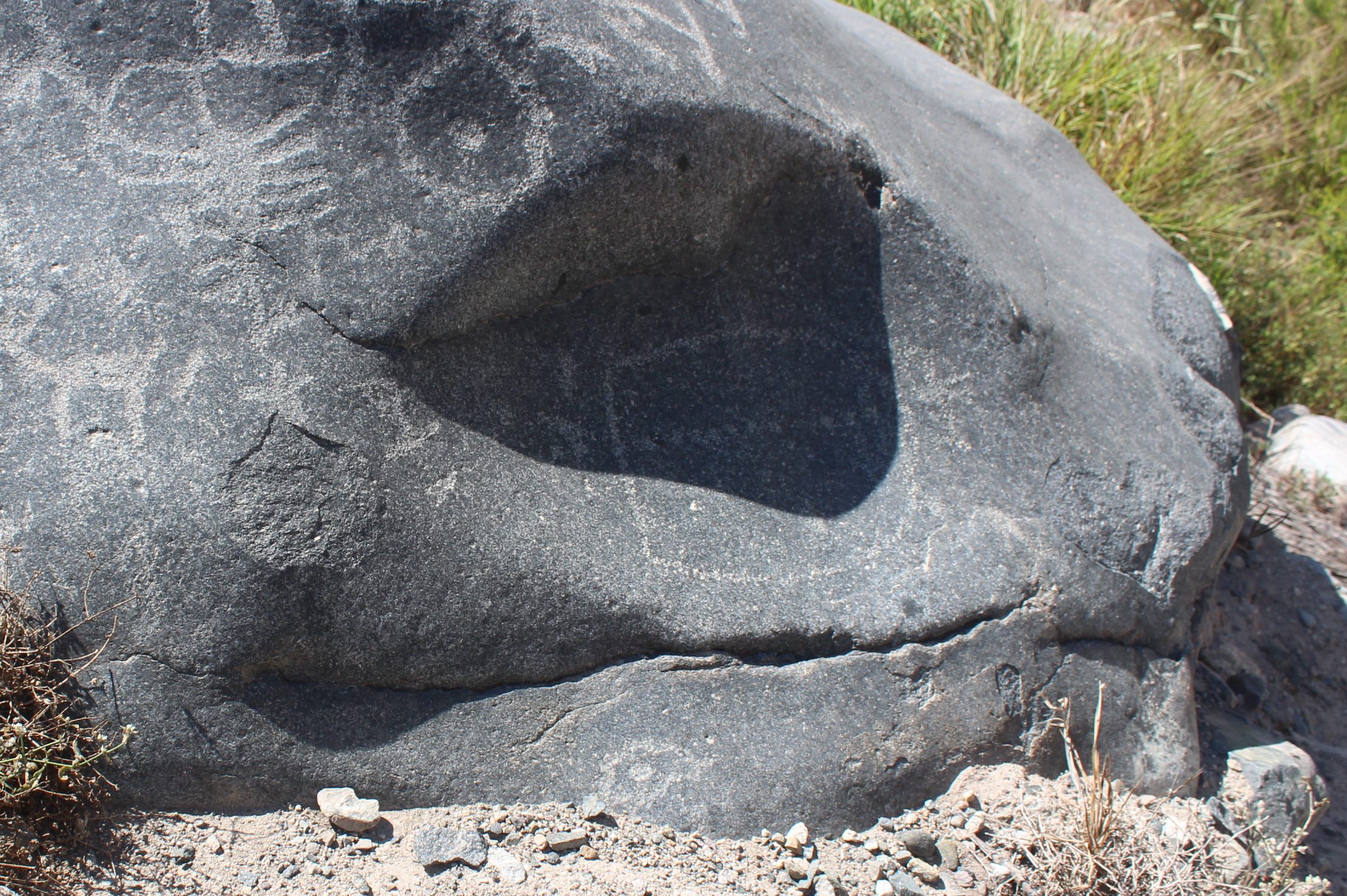
For a month or two either side of June, when the sun is at its most northern, this shadow on a line of dots provides a potential marker for the sun`s position. This photograph was taken on June 30, at 1.23 pm, a week after the winter solstice in Peru.
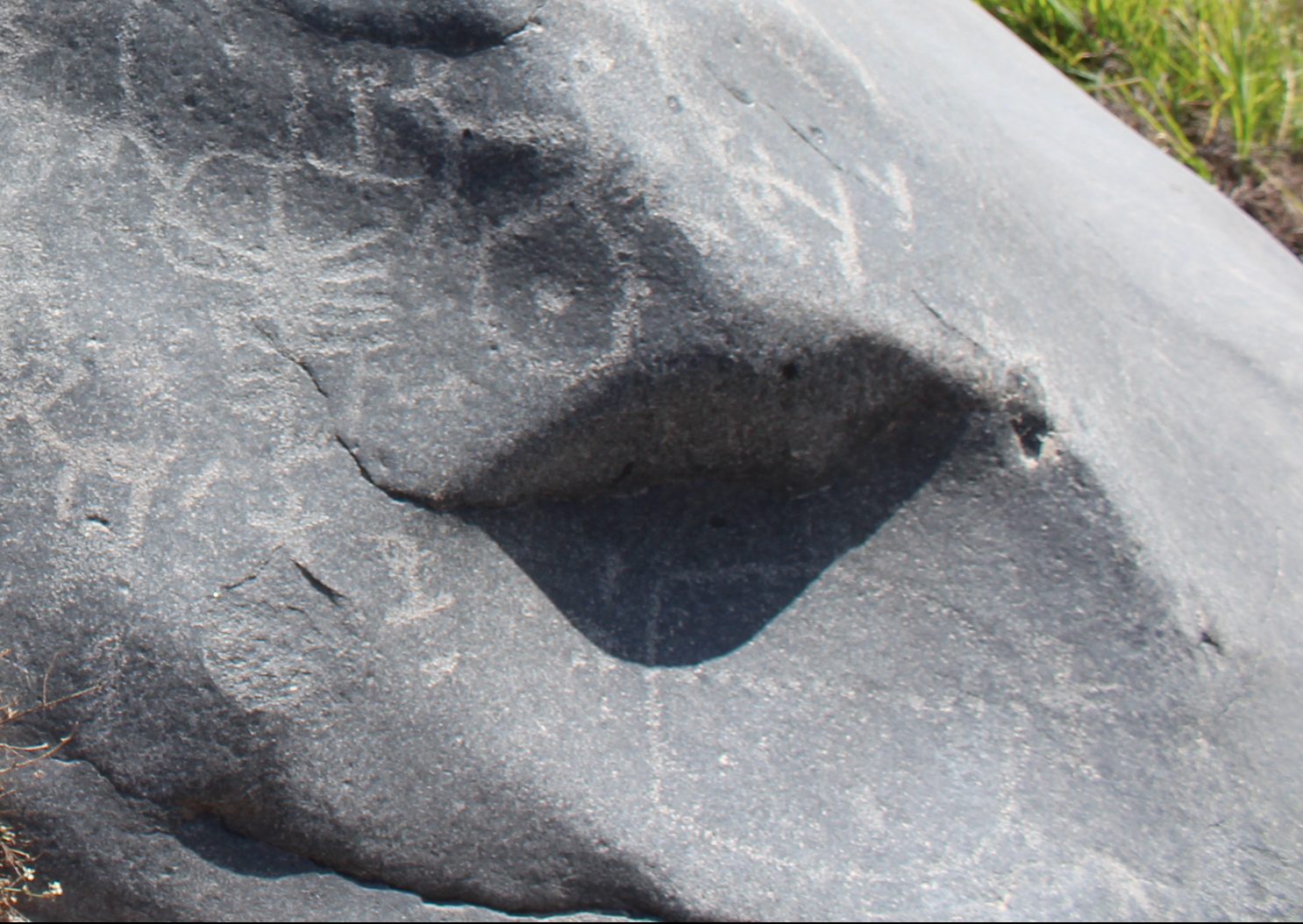
A month after solstice on 21 July, and earlier in the day, 10.50 am. The shadow now barely reaches to the dotted line.
Any marker, stone or post, in combination with surrounding mountains, can be used as an astronomical measure in this landscape. In fact you don’t even need a marker, if you have some other way, a seat or a platform, a fixed place to stand, that ensures your eye is in the same place.
But if we are talking of ritual in a public space or a public ceremony, then we want to carry out some performance and then announce a triumphant result to the crowd. For such a ritual site we would want a visual display.
The Calango stone, according to the locals questioned by Francisco de Avila, was the place where the star stopped, Coyllur Sayana. If it was to be used as an accurate marker then you would want a sighting point, a fixed position to observe from.
The most obvious point would be at the lower end of the inclined stone, looking up towards the line of markers. We could imagine that these would identify points on the horizon that relate to key markers of time and seasons, such as moon, sun or star risings.
The Cochineros stones are in an open position in a flat area of the river valley, surrounded by mountains and sky. By day, the sun is relentless unless a little cloud comes over in the afternoon. It could provide a theatrical setting for hundreds, even thousands, gathering to celebrate. If they were looking at the sky or the stars, what would they be looking at?
…read more …
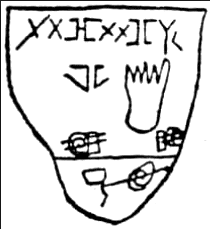



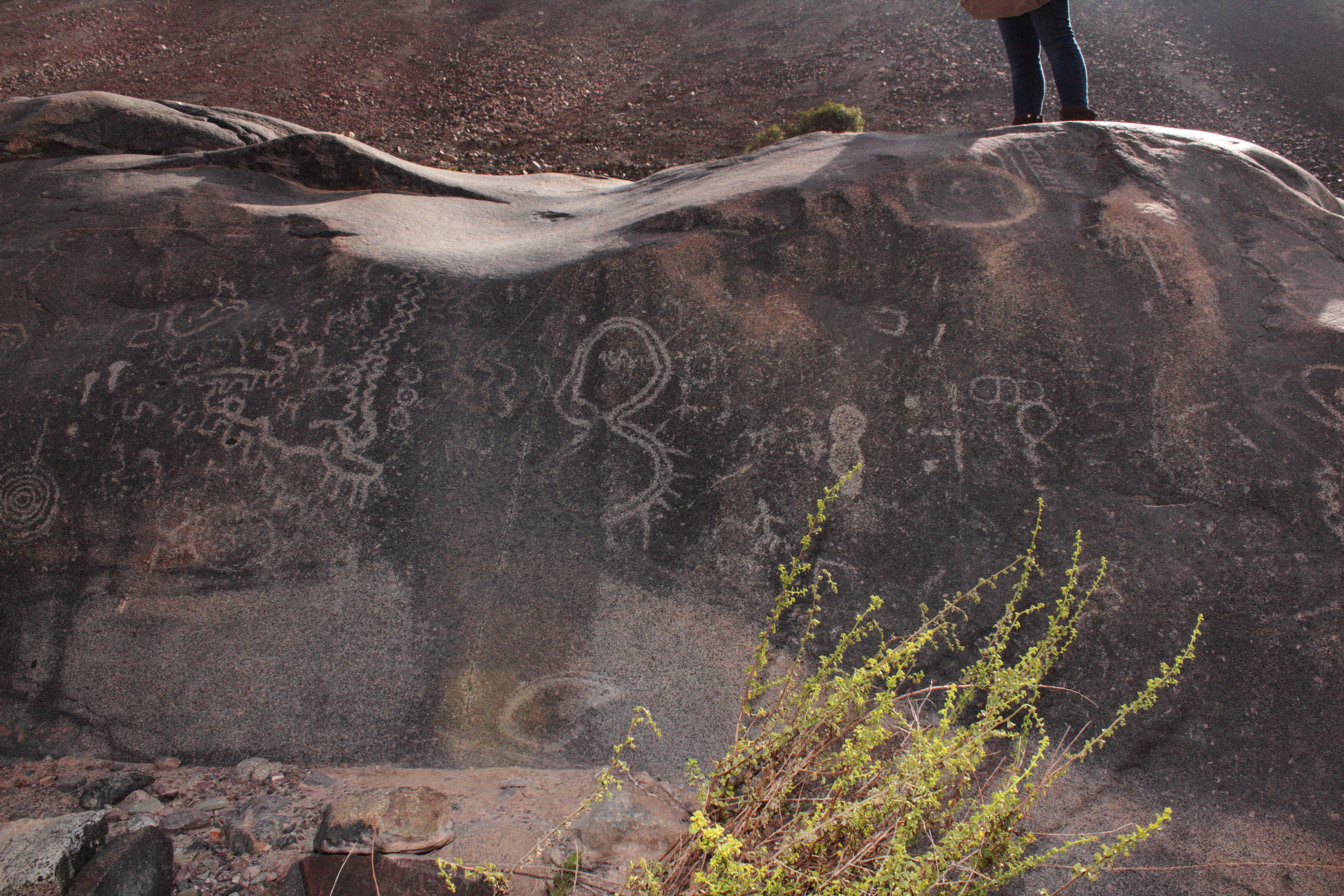
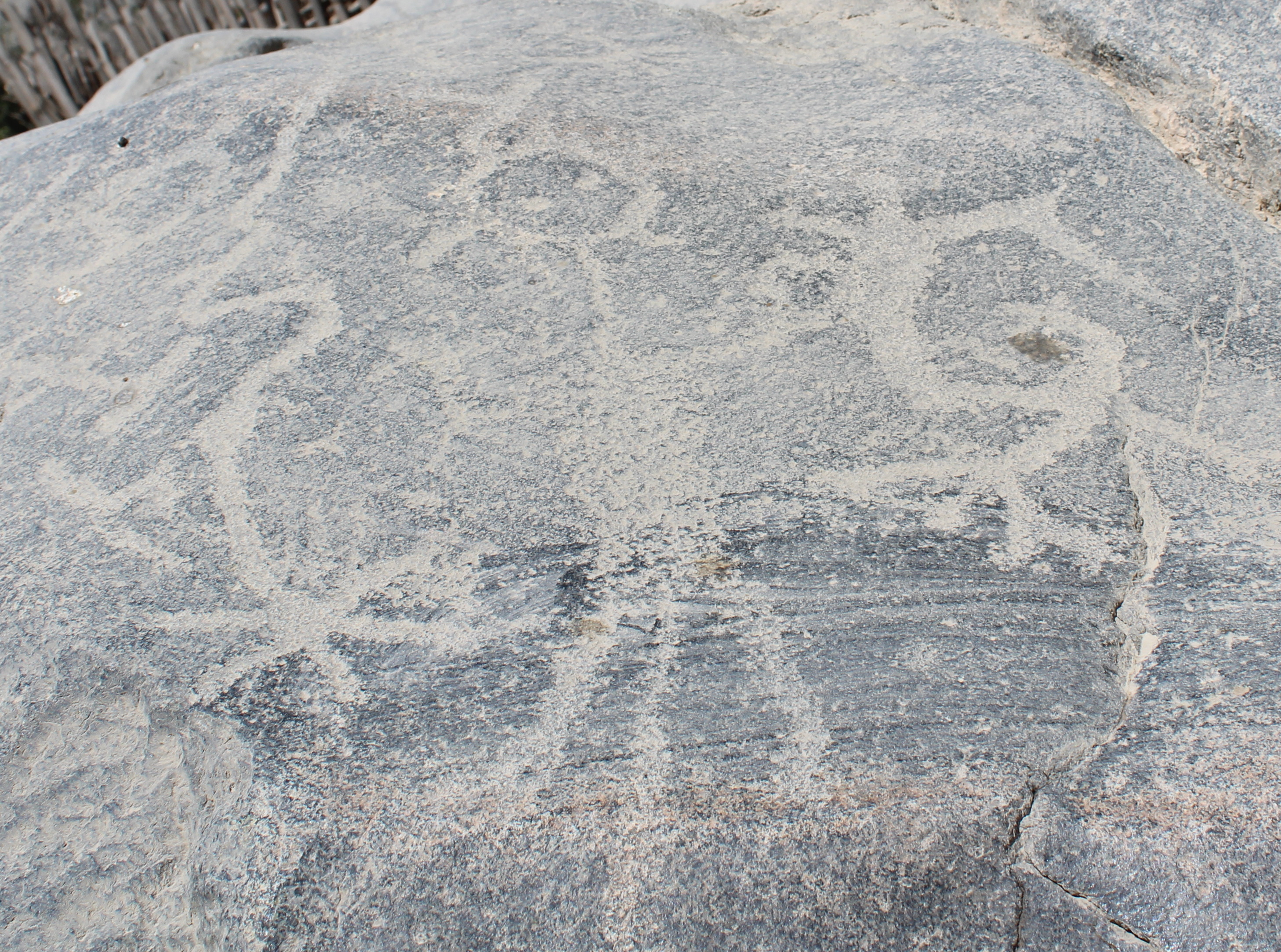
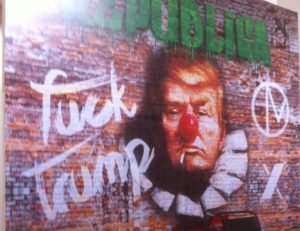
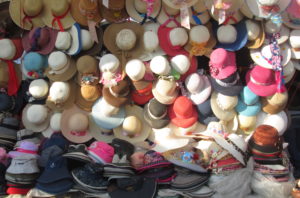 oollen
oollen